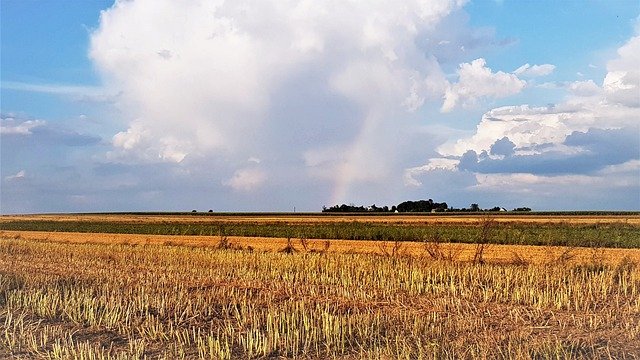demo 😎 Demonstrations: A Catalyst for Change or a Breeding Ground for Chaos?

Demonstrations: A Catalyst for Change or a Breeding Ground for Chaos?
In an increasingly interconnected world, demonstrations have emerged as a powerful form of expression, allowing citizens to voice their opinions, advocate for change, and challenge the status quo. While the motivations behind these gatherings vary widely, the impact of demonstrations on society, politics, and culture is undeniable. It is essential to explore the multifaceted nature of demonstrations, examining their role as a catalyst for change while also addressing the potential for chaos that can arise.
At their core, demonstrations serve as a mechanism for collective action. Individuals who feel marginalized or oppressed often turn to the streets to articulate their grievances, seeking to bring attention to issues that might otherwise be overlooked. Whether rooted in social justice, environmental concerns, or political dissent, these gatherings reflect a society's collective consciousness and the desire for reform. The power of a demonstration lies not only in the numbers of participants but also in the ability to galvanize public opinion and influence decision-makers.demo
Historically, demonstrations have played a crucial role in shaping political landscapes. From civil rights movements to anti-war protests, the impact of these events can be profound. They have the potential to sway legislative agendas, shift public discourse, and even alter the course of history. When citizens gather to demand change, they create a palpable sense of urgency that cannot be easily dismissed. This collective force can compel governments to address pressing issues, leading to policy changes that reflect the will of the people.
However, the effectiveness of demonstrations often hinges on their organization and execution. Peaceful protests that adhere to principles of nonviolence tend to garner more support and sympathy from the general public. In contrast, demonstrations that devolve into chaos can undermine their intended message, leading to a backlash against the very causes they seek to promote. Instances of violence, vandalism, or confrontations with law enforcement can overshadow the original purpose of the gathering, resulting in negative media coverage and public perception.demo

Moreover, the rise of social media has transformed the landscape of demonstrations, providing a platform for rapid mobilization and information dissemination. This digital age has empowered activists to reach broader audiences, amplifying their messages and drawing attention to their causes. However, the same platforms that facilitate peaceful protests can also be exploited to incite violence or spread misinformation. This duality presents a challenge for organizers, who must navigate the complexities of modern communication while maintaining the integrity of their demonstrations.demo
The role of law enforcement during demonstrations is another critical factor that influences their outcomes. The approach taken by authorities can either foster a sense of safety and order or contribute to an atmosphere of tension and hostility. In many cases, heavy-handed policing tactics can escalate situations, leading to confrontations that might have been avoidable. Striking a balance between maintaining public order and respecting citizens' rights to assemble peacefully is a delicate task that requires careful consideration and training.demo
As public awareness of social and political issues continues to grow, the potential for demonstrations to enact real change remains strong. Grassroots movements have demonstrated the power of organized action, catalyzing legislative reforms and shifting societal norms. The success of movements often hinges on their ability to maintain momentum, fostering community engagement and building coalitions that extend beyond individual demonstrations.
To ensure that demonstrations remain a constructive force for change, it is essential to foster an environment that encourages open dialogue, mutual respect, and understanding among all parties involved. Education about the rights and responsibilities of demonstrators, as well as the challenges faced by law enforcement, can help bridge gaps and promote peaceful interactions. Encouraging collaboration between activists and local authorities can also lead to more effective and safe demonstrations, allowing for the free exchange of ideas while minimizing the potential for conflict.demo

In conclusion, demonstrations hold a unique place in the fabric of democratic societies. They are a vital means of expression, allowing citizens to voice their concerns and advocate for change. While the potential for chaos exists, the power of organized, peaceful demonstrations to effect positive change cannot be underestimated. As societies continue to grapple with complex issues, the importance of fostering a culture that values dialogue, understanding, and respect for diverse perspectives will be crucial in harnessing the transformative power of demonstrations for the greater good.demo
Fale conosco. Envie dúvidas, críticas ou sugestões para a nossa equipe através dos contatos abaixo:
Telefone: 0086-10-8805-0795
Email: portuguese@9099.com


